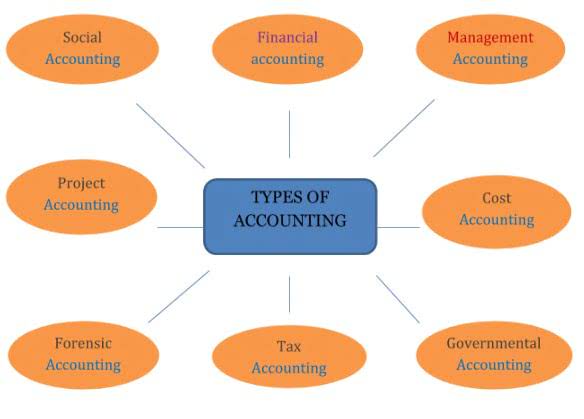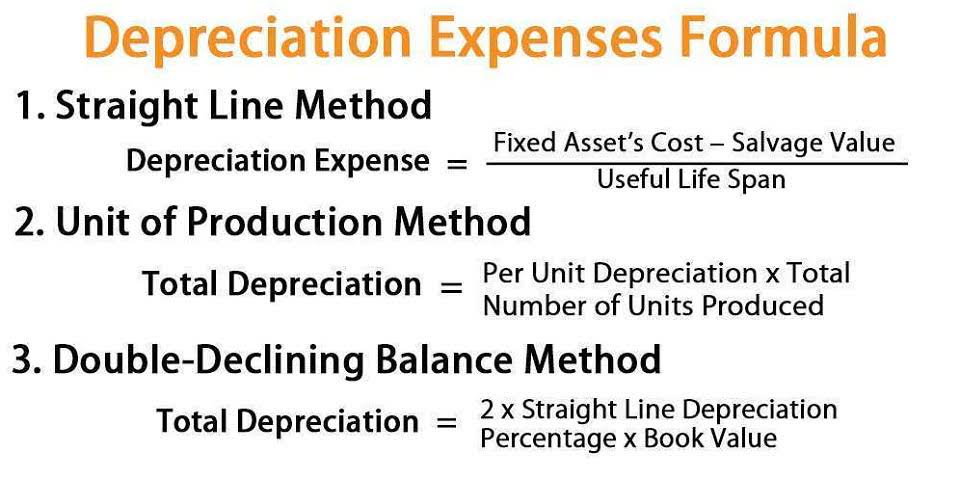
As a result, income statement accounts are transient and must be closed on a regular basis. The income summary account shows the net profit or loss of an entity at the end of an accounting period. Therefore, the closing and opening balance of a temporary account should be zero at the end and beginning of an accounting cycle respectively. The closing process is not only a matter of routine bookkeeping but also a strategic review point. It provides an opportunity for accountants to verify the accuracy of recorded transactions and make necessary adjustments. This meticulous approach helps in maintaining a clear audit trail and facilitates the preparation for the next accounting cycle.
Timely closing of the books
- This involves shifting balances from temporary to permanent equity accounts.
- The sum of all revenue accounts is moved to the income summary account at the end of each accounting cycle.
- Temporary accounts in accounting refer to accounts you close at the end of each period.
- Whether you’re just starting your business or you’re already well on your way, keeping organized financial records is a must.
- The ending balance of the previous reporting period will be the starting balance of the next reporting period.
Since the income summary is a temporary account, it needs to be transferred to the capital account by making a debit entry of 15,000 from the income summary and making a credit entry to the capital account. Then, another $200,000 worth of revenues was seen in 2017, as well as what do the balances of temporary accounts show? $400,000 in 2018. If the temporary account was not closed, the total revenues seen would be $900,000.
- Permanent accounts carry forward their ending balances to the next accounting period and do not get closed.
- This is your first chance to confirm that debits and credits align, catching any immediate errors before you move on.
- Some businesses use the direct method and transfer the net income amount from the income statement to the retained earnings or capital account on the balance sheet.
- This meticulous approach helps in maintaining a clear audit trail and facilitates the preparation for the next accounting cycle.
- Temporary accounts serve as a collection point for income and expenditure data within a fiscal period.
- The amount is transferred to the income summary by crediting the expense account, consequently zeroing the balance, and an equal amount is recorded as a debit to the income summary account.
Transfer to Retained Earnings

Once reconciled, the ending balances are shifted from the income statement to the balance sheet simply. The primary purpose of temporary accounts is to provide useful information to different stakeholders. However, the temporary accounts represent the balances for a specified accounting period only. The sum of all revenue accounts is moved to the income summary account at the end of each accounting cycle. So, the balance of revenue accounts will be zero at the beginning and ending date of the accounting period.

What is a temporary account in accounting?

In most cases, permanent accounts are used to account for assets, liabilities, and equity. On the other hand, permanent accounts are those that retain their transactions all the time. Therefore, it should also be closed at the end of the accounting period like any other revenue or expense account. As both these accounts are temporary, ABC will Retail Accounting move the ending balances to the income statement. A drawings account is otherwise known as a corporation’s dividend account, the amount of money to be distributed to its owners.
Is Rent Income a Temporary Account?
- Temporary accounts aid in evaluating the company’s performance over specific periods and play a crucial role in decision-making processes.
- The purpose of temporary accounts is to track the revenues, expenses, gains, and losses for a specific period.
- For example, salaries, rent expenses, administrative expenses and so much more.
- Revenue refers to the total amount of money earned by a company, and the account needs to be closed out at the end of the accounting year.
- This means that recording a transaction in the period in which they occurred is paramount.
- Purchases, Purchase Returns, Purchase Discounts, and Purchase Allowances (all under the periodic inventory system) are all temporary accounts.
Temporary and permanent accounts provide useful information to stakeholders and can be used to evaluate the performance of an entity over specified accounting periods. Expense accounts represent the money spent by a business to generate revenue and maintain its operations. Common expense accounts include the cost of goods sold, administrative, marketing, taxes, and depreciation accounts. For example, at the end of the accounting year, a total expense amount of $5,000 was recorded. The amount is transferred to the income summary by crediting the expense account, consequently zeroing the balance, and an equal amount is recorded as a debit to the income bookkeeping summary account.

They’re recorded when incurred, not necessarily when cash exchanges hands, following the accrual basis of accounting. The gap between total revenue and expenses shows net income, a key business performance measure. Closing is mostly an automated process given that electronic general ledger systems are in common use.
